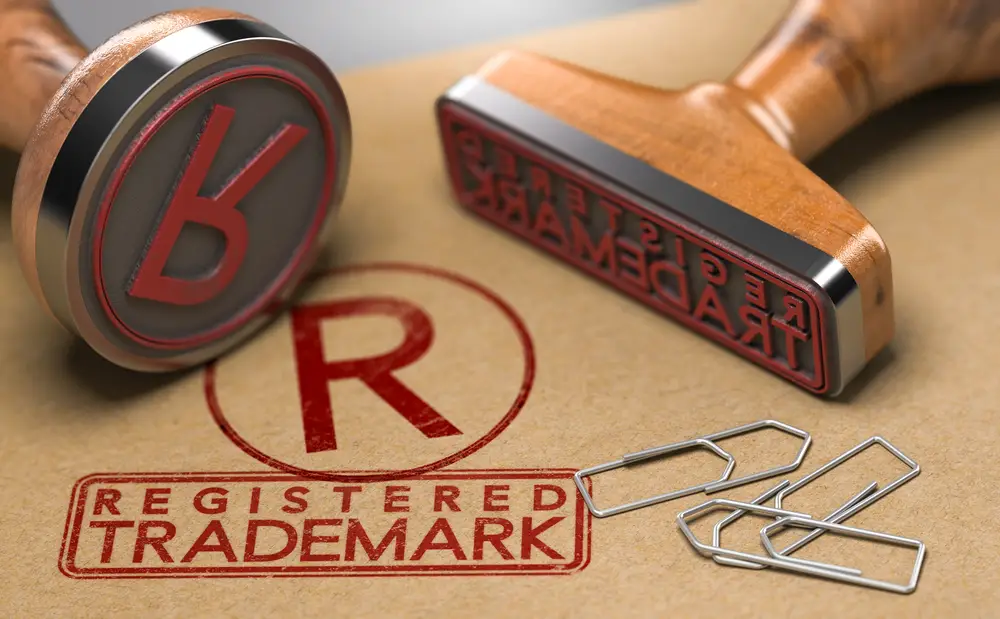Click here to get this post in PDF
Trademark registration is a crucial process for businesses and individuals seeking to protect their brand identity. By registering a trademark, you gain exclusive rights to use a specific mark in connection with your goods or services, which helps to safeguard your intellectual property and distinguish your products or services from those of competitors. This guide provides an overview of the trademark registration process, its benefits, and key considerations to keep in mind.
What is Trademark Registration?
Trademark register involves formally recording a trademark with a governmental authority to obtain legal protection for your brand. A trademark can be a name, logo, slogan, or any other distinctive sign that identifies and differentiates your goods or services from those of others. Registration grants you exclusive rights to use the mark in commerce and provides legal recourse if someone else uses a similar mark, which could cause confusion.
Key Components of a Trademark
- Name: A word or combination of words used to identify and distinguish your brand.
- Logo: A graphic symbol or design that represents your brand visually.
- Slogan: A catchy phrase associated with your products or services.
- Design: Any unique design elements that form part of your brand identity.
Benefits of Trademark Registration
1. Exclusive Rights
Registration grants you exclusive rights to use the trademark in connection with the goods or services for which it is registered. This prevents others from using a similar mark, which could cause confusion among consumers.
2. Legal Protection
A registered trademark provides stronger legal protection than an unregistered mark. It establishes a legal presumption of ownership and exclusive rights, making it easier to enforce your rights in court.
3. Enhanced Brand Recognition
Trademark registration helps build and reinforce brand recognition. It signals to consumers that your brand is legitimate and provides a consistent identity for your products or services.
4. Deterrent to Infringement
A registered trademark serves as a public notice of your claim to the mark, which can deter others from attempting to use a similar mark.
5. Ability to License or Franchise
With a registered trademark, you can license your mark to others or expand your business through franchising. This can create additional revenue streams and increase your market reach.
Steps to Register a Trademark
1. Conduct a Trademark Search
- Purpose: Before applying for registration, perform a trademark search to ensure that your proposed mark is not already in use or registered by someone else.
- Tools: Use trademark databases, such as the United States Patent and Trademark Office (USPTO) Trademark Electronic Search System (TESS) in the US, or the UK Intellectual Property Office (UKIPO) database in the UK, to check for existing trademarks.
2. Prepare Your Application
- Choose the Right Classification: Trademarks are categorized into different classes based on the goods or services they represent. Select the appropriate class or classes for your mark.
- Provide a Clear Description: Include a clear and accurate description of your trademark, including any design elements, and specify the goods or services it will be used in connection with.
3. File Your Application
- Submission: Submit your trademark application to the relevant trademark office. This can often be done online through the trademark office’s website.
- Application Fee: Pay the required filing fee, which varies depending on the jurisdiction and the number of classes of goods or services.
4. Examination Process
- Review: The trademark office will review your application to ensure it meets all legal requirements and does not conflict with existing trademarks.
- Office Actions: If there are issues with your application, such as similarity to an existing mark, you may receive an office action requesting further information or amendments.
5. Publication and Opposition
- Publication: Once your application passes the examination stage, it will be published in an official gazette or journal. This allows third parties to review the application and oppose it if they believe it conflicts with their own trademarks.
- Opposition Period: There is typically a set period during which oppositions can be filed. If no oppositions are received, or if oppositions are resolved in your favor, the trademark will proceed to registration.
6. Registration and Maintenance
- Certificate of Registration: Once your trademark is successfully registered, you will receive a certificate of registration. This document provides proof of your trademark rights.
- Renewal: Trademarks require periodic renewal to maintain their registration. Be sure to keep track of renewal deadlines to avoid losing your trademark rights.
Challenges in Trademark Registration
1. Trademark Similarity
Determining whether a proposed trademark is too similar to existing trademarks can be complex. It involves assessing various factors such as visual, phonetic, and conceptual similarity.
2. International Considerations
If you plan to operate internationally, you may need to register your trademark in multiple jurisdictions. Each country has its own trademark registration process and requirements.
3. Cost and Time
The trademark registration process can be time-consuming and costly. Fees vary by jurisdiction, and the number of classes, and the process can take several months or even years to complete.
4. Maintaining Rights
Once registered, you must actively use and defend your trademark to maintain your rights. Failure to use the mark or respond to infringement may result in loss of protection.
Conclusion
Trademark registration is a critical process for protecting your brand and securing exclusive rights to your trademark. By understanding the steps involved, from conducting a thorough search to filing an application and maintaining your registration, you can effectively safeguard your intellectual property and build a strong brand identity. Although the process can be complex and involves certain challenges, the benefits of having a registered trademark—including legal protection, enhanced brand recognition, and the ability to license or franchise—make it a valuable investment for any business or individual looking to establish and protect their brand.
You may also like:
How can you protect your blog content from copyright infringement?
EU Trademark Registration: Fast and Reliable with ProfitMark
Image source: DepositPhotos.com

